As I walk into work this morning I am surrounded by empty wooden boxes and crates, carefully and strategically lined with foam layers and padding. These will be the temporary homes of Medardo Rosso’s works as they are packed up and returned to their homes.
CIMA’s second season dedicated to the acclaimed Italian sculptor, Medardo Rosso, closed on June 27th. Since then we have been undergoing the emotional yet fascinating process involved in packing up the show. With an array of photographs, drawings and sculptures featured, we have had the pleasure of working with conservators, experts in different media and materials.
The first to be packed up were the drawings. Never exhibited en masse before “Medardo Rosso” at CIMA, these drawings opened up a dialogue around the artist’s creative process. As conservator Marion Kahan examined these small, delicate pieces of spontaneous creativity, we were able to shift our attention to a hidden side of these drawings: their reverse. When displayed in their frames one can already decipher that Rosso had jotted these sketches down on various types of paper, anything that he could get his hands on quickly around him, such as envelopes. However outside of their display cases, the back of the drawings reveal to us more intimate details of the artist’s life, ranging from a simple handwritten ‘Medardo Rosso’ addressed by a friend or acquaintance’s handwriting, to a formal invitation to a sauvetage aérien event at a gasworks outside of Paris. These fascinating discoveries provide us with a glimpse into the day-to-day life of Rosso and his surroundings; a letter in his jacket pocket perhaps, or an old envelope yet to be discarded still readily available on his desk.
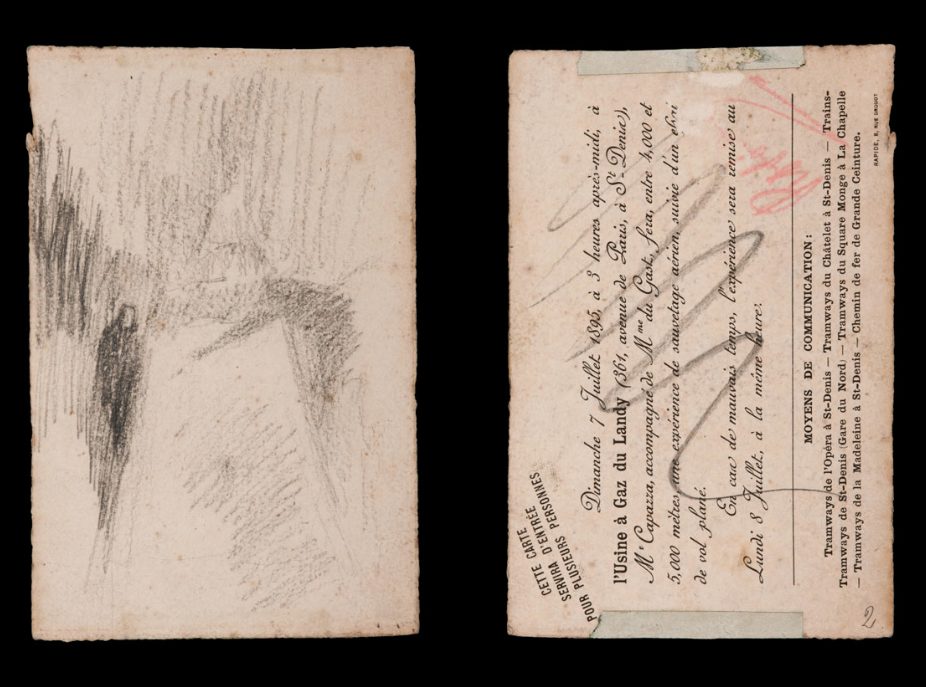
Museo Medardo Rosso, Barzio, Inv. 202
For me the most compelling of Rosso’s works to be inspected were his sculptures, all from various media: plaster, bronze and plaster coated in wax. For these particular pieces we were joined by conservator Lluisa Sarries i Zgonc, with her little flashlight in hand, to evaluate the condition of the works through keen and careful observation. Lluisa’s eyes would flicker across and around the surfaces, catching on something that takes the rest of us a good few more seconds to recognise. With Lluisa’s guidance we were able to observe Rosso’s sculptures under a new light, one independent from that of the sunlight streaming through the windows, continuously repositioning the shadows created throughout the day.
Examining the dark plaster version of the Bookmaker (1894) sculpture closely, for example, Lluisa was able to detect small areas bearing traces of wax; little rock-like pieces discoloured to the surrounding sculptural tone through years of exposure. The discovery of these wax-filled crevices indicates that this sculpture was most likely used as a mold to make a cast through which another Bookmaker was born.
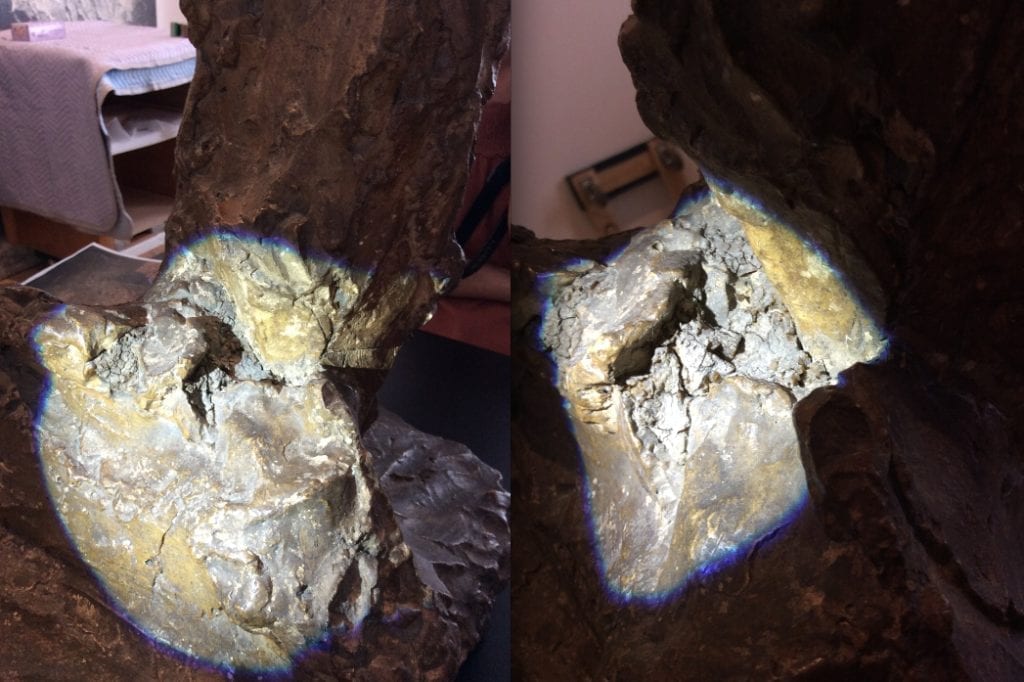
Images taken by Cecilia Erica Blume.
Post-1906 Rosso changed his sculpting methods and stopped modelling new works, instead spending the last decades of his life recasting and manipulating those subjects he had already made. His abandonment of the then traditional importance of creation and focusing further on exploring the physical process was an unusual decision for an artist to make at the time. Our second Bookmaker (1914-23), made out of plaster covered in wax, is one of these works born out of using a previous Bookmaker –perhaps he even used this 1894 original! His casting and molding process are evidently visible on the surface, as we can see details such as the line of the mold left behind where he fused the front and back parts together. Fascinatingly, the inside plaster was hollowed out by Rosso leaving behind his unique fingerprints and scrape lines on the surface -evidence of his ‘hands-on’ approach to sculpting.
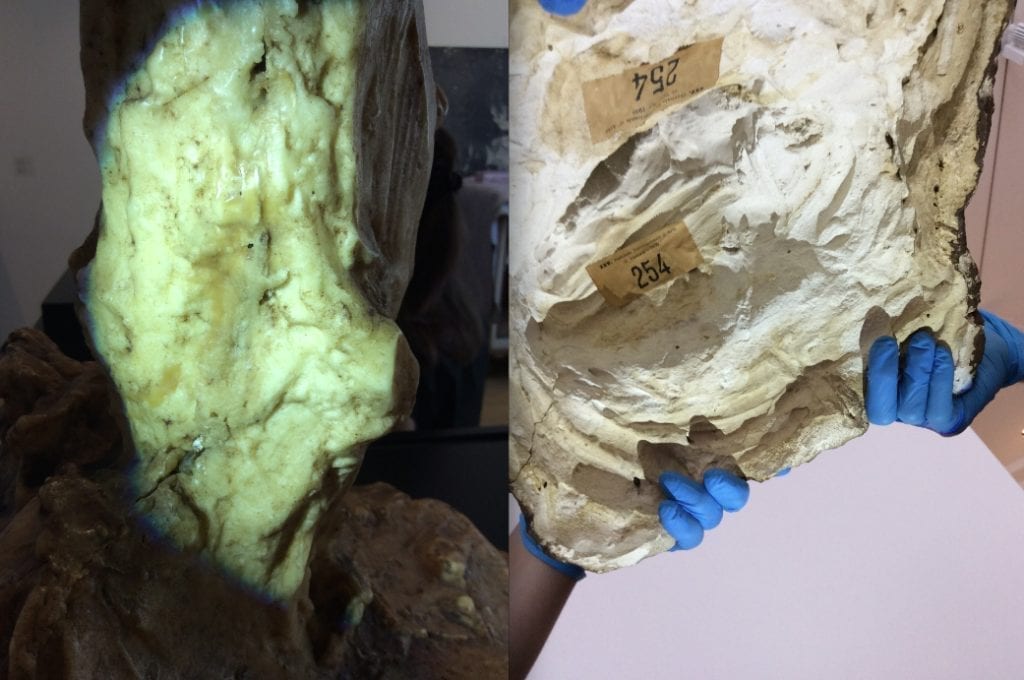
“Bookmaker”, 1914-23. Wax over plaster, 48 x 43 x 46 cm. Museo Medardo Rosso, Barzio.
Images taken by Cecilia Erica Blume.
Another sculpture that provided us with interesting information was the Conversation (1903). This plaster piece we exhibited also showed signs of the artist using it as a mold -with pieces of wax left behind in small crevices. More importantly, we found traces of rope or twine, which Rosso seems to have used around the base of the sculpture.
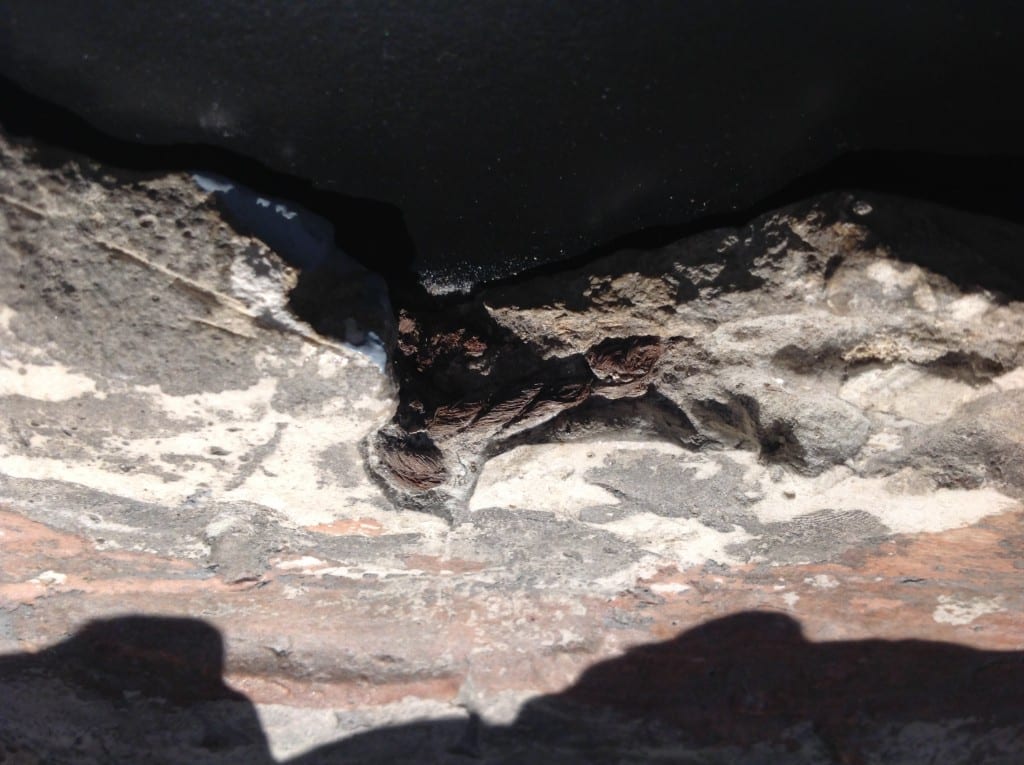
Image taken by Heather Ewing.
And likewise with Madame Noblet (1913-14) in plaster, for which Lluisa’s keen observation was indispensable. This sculpture is a rare example of Rosso putting together two casts -two fully modelled faces, a front and a back. Typically the reverse side of any Rosso portrait is left quite raw and unfinished. Here we see that both the front and back are heavily worked. Throughout the sculpture we were also able to detect evidence of a material similar to burlap that was used to strengthen the plaster. Looking underneath when lifted, we also noticed that this plaster Madame Noblet is hollow and is supported by two wooden bars -a previously unknown fact.
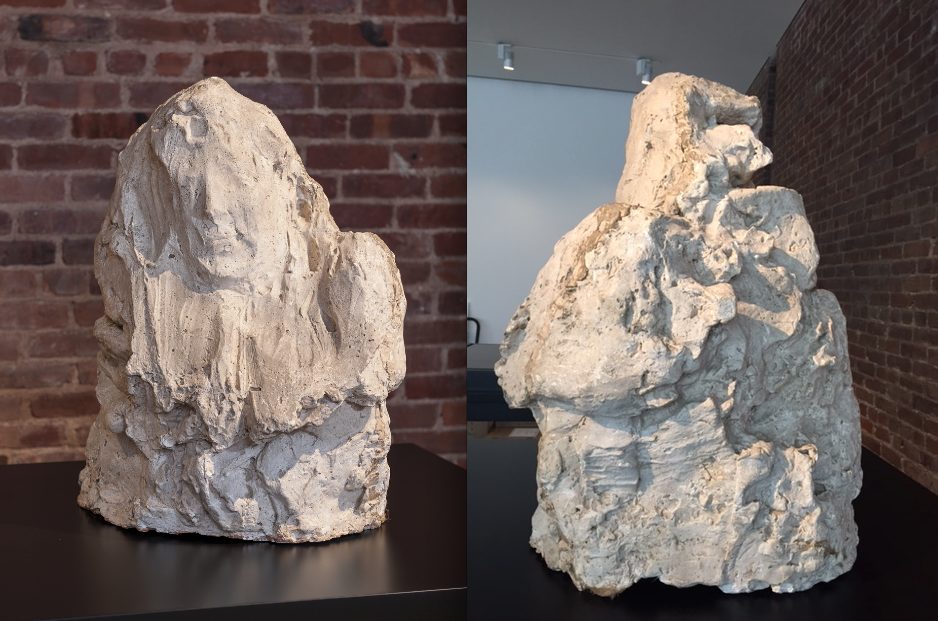
“Madame Noblet”, after 1914. Plaster, 64.5 x 52.5 x 45.5cm. Museo Medardo Rosso, Barzio.
As an intern at CIMA, with a particular interest in conservation and curating exhibitions, the de-installation process for the Medardo Rosso show was beneficial to me in many ways. It was a rewarding experience to work with such enthusiastic professionals from whom I was able to learn a new way of approaching art -one you can only learn in such hands-on environments. To be able to see and inspect these artworks so closely also opened my eyes to the artistic creative process and the minute attention that conservators like Marion and Lluisa give in their professional life.
